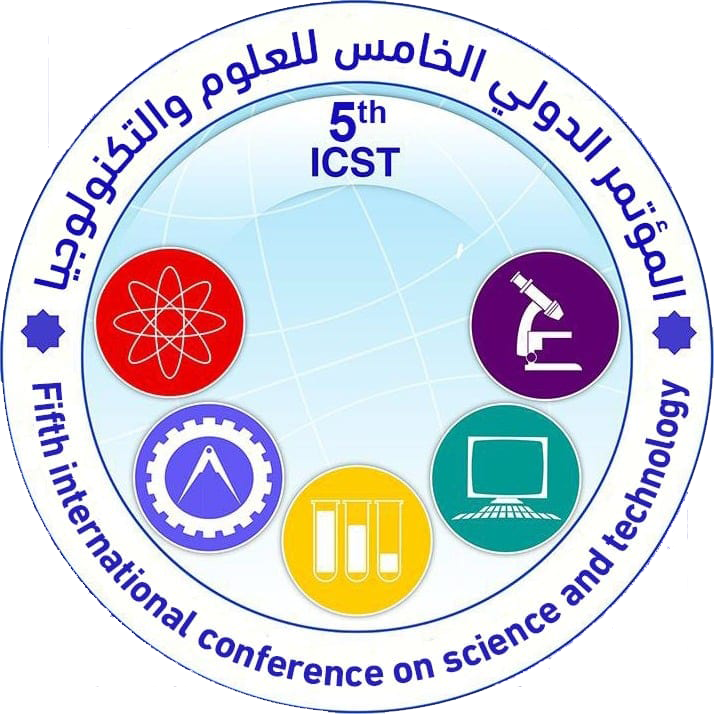Fusarium mycotoxins and Future Challenges for Global Food Safety "A Comprehensive and Updated Review"
Abstract
The genus Fusarium spp. produces a number of mycotoxins that are toxic secondary metabolites with various chemical structures "Fusariotoxins" such as Fumonisins (FUMs), Zearalenone (ZEA) and Trichothecenes (A and B). There also increasing attention of emerging Fusarium mycotoxins as Beauvericin (BEA), Enniatins and Moniliformin (MON). These secondary metabolites “Mycotoxins” have usually found in several agricultural crops mainly in wheat, corn, barley and oats with high concentrations. This contamination by mycotoxins was occurred either during the field / or after harvest, as well as during storage when appropriate environmental conditions are available. Importantly, the contamination of food grain crops with fungi and mycotoxins leads to loss of dry matter, quality and nutrition, and poses a significant risk to the food chain. As contamination of cereal crops with mycotoxins can be reduced a product quality and export values, and thus lead to significant economic losses for producing countries. Mycotoxin contamination could directly reduce the food availability and its contribution to spread hunger cases and malnutrition, and consumption of food contaminated with mycotoxins has significant implications for human health. Interestingly, Fusarium toxins have attracted worldwide attention due to their adverse effects on animal productivity, and their associated with economic losses. Moreover, many studies have confirmed that consuming food contaminated with mycotoxins resulting from Fusarium fungi has varying toxic effects, whether for humans and/or animals, as it can cause acute or chronic illness and, in some cases, death. For instance, a range of Fusarium mycotoxins can alter different intestinal defense mechanisms, result in in visible, liver cancer, cell death and demolition of living tissues. In this paper, we a comprehensive review of Fusarium mycotoxins and their metabolites with the aim of summarizing the basic information on the types, occurrence, health impacts of these mycotoxins and modern methods for detecting and quantifying fusarium toxins, and international legislation for fusarium toxins, in order to encourage much-needed research on integrated management of this unavoidable food contaminant as concerns for food safety continues to grow worldwide.
Full text article
Authors
Copyright (c) 2022 Journal of Pure & Applied Sciences

This work is licensed under a Creative Commons Attribution 4.0 International License.
In a brief statement, the rights relate to the publication and distribution of research published in the journal of the University of Sebha where authors who have published their articles in the journal of the university of Sebha should how they can use or distribute their articles. They reserve all their rights to the published works, such as (but not limited to) the following rights:
- Copyright and other property rights related to the article, such as patent rights.
- Research published in the journal of the University of Sebha and used in its future works, including lectures and books, the right to reproduce articles for their own purposes, and the right to self-archive their articles.
- The right to enter a separate article, or for a non-exclusive distribution of their article with an acknowledgment of its initial publication in the journal of Sebha University.
Privacy Statement The names and e-mail addresses entered on the Sabha University Journal site will be used for the aforementioned purposes only and for which they were used.





